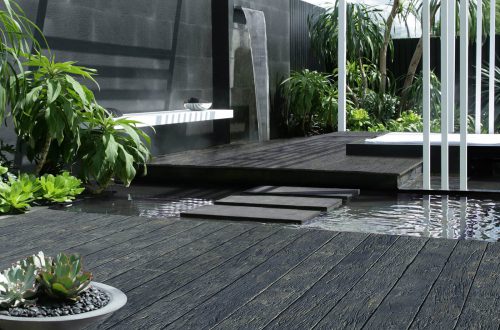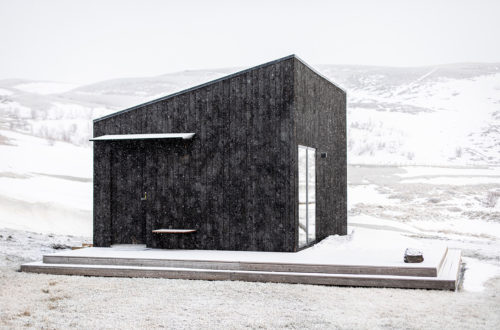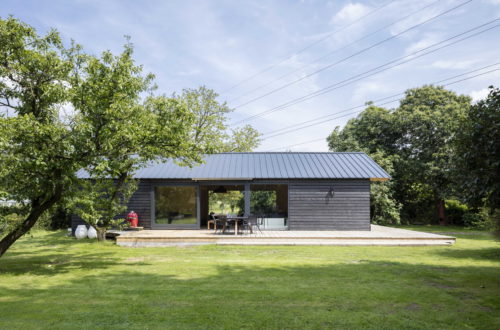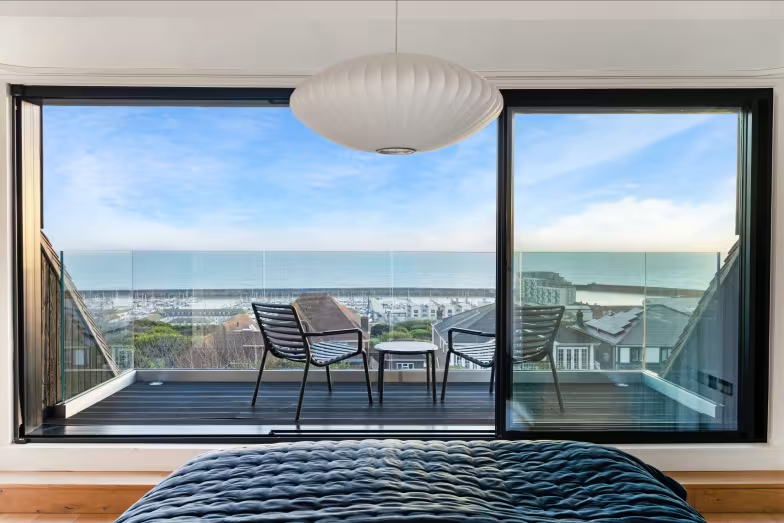
Shou Sugi Ban Stands Strong in the Seaside
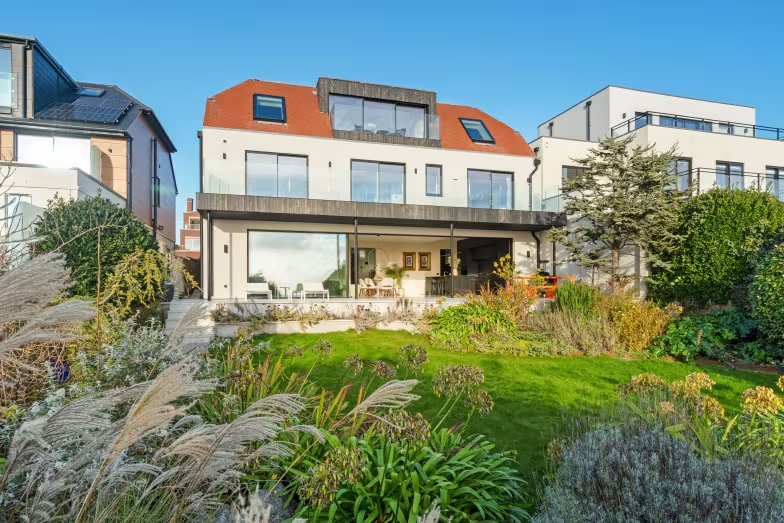 Unexpected challenges changed one family’s plans twice. First, Simone Mansour, a marketing consultant and interior architect, her husband David Mansour, an IT consultant, and their son, Felix, planned to move to the countryside outside Brighton, about one hour from London by train. The family lost out to other buyers several times and then in 2016 stumbled on a charming 1930s villa by the sea with equal access to the South Downs countryside and Brighton’s city center.
Unexpected challenges changed one family’s plans twice. First, Simone Mansour, a marketing consultant and interior architect, her husband David Mansour, an IT consultant, and their son, Felix, planned to move to the countryside outside Brighton, about one hour from London by train. The family lost out to other buyers several times and then in 2016 stumbled on a charming 1930s villa by the sea with equal access to the South Downs countryside and Brighton’s city center.
“There are lots of traditional homes in Sussex with orange-colored tiles, so we ran matching tiles from the roofline to the ground in the front of the house,” Simone said. “We also love Asia, especially Japan, so we wanted to mix some of that style into the design.”
They incorporated a Japanese-style charred wood known as Shou Sugi Ban, which was great for the seaside “because it doesn’t corrode in the salt air,” she said.
The house is highly insulated for energy efficiency and includes an air source heat pump that provides hot water and underfloor heating, which can be controlled in each room.
“We can wake up and see various views of the sea from different windows,” Simone said. “The architect originally had a freestanding tub in the middle of the primary bathroom, but I redesigned the space and placed the tub on a platform for a bigger view of the sea when you’re taking a bath.”
A favorite material we discovered during the process was… “Shou Sugi Ban charred wood from Japan, which is great for the seaside because it doesn’t corrode in the salt air,” Simone said. “We also love the terrazzo flooring we imported from Italy for the main living area. The transportation costs were high and it was expensive to install, but the quality is built to last.”


